Megan Mosby
Executive Director
All last spring and summer, I sat in my office and watched the stream of people lining up at the Intake window with varying sizes of critter conveyances in hand. It was hot and sunny. Add to the mix social distancing and what I saw was a lot of patient, caring, miserable people. All of them were trying to do the right thing(s)….stay apart from the person in front and behind, stay out of the burning sun, and help an animal in need. What a hard job to accomplish.
This busy season has started out much in the same way…same caring folks, same varied conveyances, same hot walk way, same burning sun. But, here is the big difference…Maxx Dimitruck, his parents, Kathy and Chris, and other members of Scout Troop 440 out of Scottsdale. They are in the process of shading the walk to the Intake window!
Maxx approached us about completing his Eagle Scout project at Liberty Wildlife before the end of his school year. We were thrilled. We toured around the facility with him and suggested a few things that we thought might work out as a good project for him and a great gift for us.
With his mom, Kathy, an Owl Team volunteer at Liberty Wildlife, we went over the details of each idea. Maxx took it all in and returned to us with a plan to place shade sails down the sidewalk to help alleviate the problems faced by folks trying to do the right thing…help an animal in need.
It was impressive from start to finish. He measured, planned, wrote up a detailed presentation, raised the money, ordered the shade sails, gathered other helpers and laid out the approach. Like a well-oiled machine, the group arrived last Saturday morning at the-crack-of-dawn with a lot of stuff. They assembled all of the equipment needed including a wicked looking auger that frightened me, but did the trick as it whined its way into dynamically compacted ground. This allowed them to bury the steel poles and cement them into place. There were six poles buried four feet into the hard ground and cement was poured to fill each hole. The poles, heavy and awkward, were installed and stabilized so that they would stay in place as the cement hardened. This process of hardening will continue all of this week. On next Saturday at the-crack-of-dawn, the shade sails will be installed. And, voila! shade and protection for all of the caring people just trying to do the right thing.
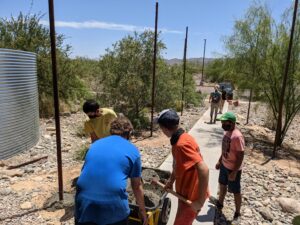
This was a great project. They handled it professionally and with heart. The best part was that it was done on time as planned. It is reassuring to know that people still do what they say they will do when they say they will do it and with smiles on their faces.
Thanks Maxx Dimitruck and members and helpers from Scout Troop 440. I thank you and all of the yet unknown wildlife rescuers will thank you in the future. You have made doing a good deed so much nicer….by doing a good deed yourselves…following the Scout Oath “to help others at all times.”
We appreciate all that you have done and done so well in the scout tradition. You are welcome to pass the time away in the glory of our new-found shade! And in the desert shade is mandatory.
![]()
This Week @ Liberty – May 25, 2021
We’ve surged past 5,000 total intakes and it’s not even June yet so it looks like another “Big Year” for Liberty Wildlife. Some of the increase is probably due to climate change causing modifications in migratory movements. It’s still not clear just how the COVID pandemic has affected our numbers if at all. Our big hope is that soon we can all take off our masks and get back to a normal operation.
We’re working on Wing Beats for 2021 and I’m looking for great wildlife photos for the center pages. If any TW@L readers have some nice shots of wildlife, send them to me at buteo9@mac.com and we might use them. You’ll get full credit and if you include a street address, a hard copy of the magazine when it’s printed. C’mon you photographers!
~~~~~~~~~~~~~~~~~~~~~~~~~~~~~~~~~~~~~~~~~~~~~~~~~~~~
Migration always brings in some pretty little birds we don’t get to see a lot the rest of the year. This yellow breasted chat is more common back east and due to a recent reclassification by the American Ornithological Society, is now the only member of the family Icteria Virens. The males have a strange song during the spring mating season, but otherwise it’s a very quiet bird, hunting insects and berries.
The hooded oriole is found across the southern part of the US, most often in open woodlands and scrub. Eastern birds tend to be more orange in color with the males brighter than females as in most bird species.
The little white throated swift is fairly common in Arizona most of the year. They tend to nest on cliffs and hunt for insects on the wing using speeds that rival even the legendary peregrine falcon. It has been estimated that white-throated swifts can fly close to 200mph in straight and level flight, although they will seldom fly level or straight for any length of time, executing high speed, high G maneuvers in pursuit of the insects they eat. What makes them somewhat difficult to rehabilitate is that they tend to only eat while in flight.
The little baby green heron is a common sight at Liberty this time of year. Frequently the victims of cats and kids as they nest near ponds and lakes, we see these babies all too often in the springtime. This little guy was the 5,000th intake of 2021!
(Look for 4 pictures.)
A couple of especially interesting orphans showed up recently, including this little baby pied-billed grebe. Grebes are not uncommon visitors being frequently brought to us after they land in a body of water (or even dry land) that is too small for them to again take flight. Due to their unusual anatomy which features a stocky body with no tail and legs so far back as to make movement out of the water impossible, a considerable “runway” is required to gain sufficient speed for lift-off. Most of the grebes that arrive at Liberty are checked for trauma, and very quickly are returned to a lake or pond with enough area to enable the bird to reach flying speed. This baby is presenting unique problems which are proving difficult to overcome.
The baby horned lizard is sometimes called the “horny toad” although they are not closely related to toads at all. The spikes around his head are actually horns, while the ones elsewhere on his body are forms of scales. Several species of horned lizards will, when cornered, squirt blood from the corners of their eyes to confuse their predators (and it also tastes bad!)
The two baby raccoons were taken from a nest by a pest control company. Sadly as once again their mother was not included, they will have to be raised in captivity which is never optimal.
The little screech owls are nothing new to Liberty and will hopefully be releasable when they get old enough.
(Look for 5 pictures.)
We will routinely take in many dozens of orphan great horned owls each spring and this year is no exception. Since owls don’t build nests, they’ll find a sheltered area, scrape or appropriate an unused red tailed hawk nest, or just lay eggs on the side of a palm tree using a patchwork of frond stubs as a platform. Sometime all it takes is a gust of wind to dislodge a baby owlet and it falls to the ground. If it’s old enough, the parents will often keep watch over the baby, feeding it on the ground and protecting it from predators until the little bird is able to fly and then feed and protect itself. It worked much better before there was a sea of red tile roofs along with kids, cats, dogs, cars, and pools in most places. So, when one of the little fluffy predators falls from the safety of wherever mom laid her eggs, they sometimes make their way to the intake window. They are first checked for injuries which are always possible considering how far they might have fallen. Then they are hydrated, fed, and finally placed with any of our foster parents who will brood, feed, and protect them until they are able to be on their own.
(Look for 8 pictures)
Along with a never-ending supply of orphan great horned owls, we also take in an abundance of kestrels each spring. This year, they also seem to arrive in clusters of three, four, and sometimes more. They are very cute as babies which makes raising them without improperly imprinting them on humans that much harder. Even when they come in as a group, each little raptor still must be examined, weighed, and because canker is such a problem with kestrels, they are all treated with preventative medicine to avoid having that particular organism enter the facility. As quickly as we can, when they are medically cleared, they are placed outside with foster parents to continue the process.
(Look for 8 pictures.)
Obviously, not all birds that come in are orphans, or even juveniles. We still see some adult patients this time of year even though most adults will arrive after the breeding season when the yearlings are out learning how to become what they were designed to be. On Tuesday night (Vet Night) the veterinary staff will be there for mature great horned owls, peregrine falcons, kestrels, and other birds like the Gila woodpecker above. The next step for these older birds is being moved to an outside enclosure, and eventually being released.
(Look for 12 pictures.)
If you’ve been following TW@L , then you know that some of the earliest orphans that turn up at our window are hummingbirds. Individual birds come to us as soon as the temperature begins to change around January and the little birds become sluggish and even torpid with sudden drops in thermal activity. But one day last week, a person brought in a hummingbird nest that was built on a yellow bike hanger in their garage, complete with the two tiny baby hummers inside! If this was not surprising enough, the very next person to arrive at the window 10 minutes later had another, even smaller nest, again with two miniscule baby birds inside. I’ve included a pen in the photo of this nest to provide some scale as to how tiny these nests and birds are.
Depending on which source you’re reading there are between 9 and 16 species of hummingbirds in Arizona, so your chances of spotting one of these little birds are pretty good, even given their tiny dimensions. Liberty will care for them all!
(Look for 4 pictures.)
The big bobcat that came in recently presented more injuries than I originally reported. Upon x-ray examination, it was apparent he had been shot which probably caused his fall which in turn caused his leg fracture. You can see in the x-ray how badly his leg was broken – and then how well the surgery went to repair the fracture. Last week Dr. Wyman anesthetized him before he was brought out of our mammal room and the extent of his healing was evaluated. The surgery appears to have gone very well and his leg was freshly rewrapped. He remains with us pending a decision on how to treat the pelvic injury which might possibly preclude his being eventually released. More updates will likely ensue…
(Look for 13 pictures.)
Leave a Reply
Want to join the discussion?Feel free to contribute!
Leave a Reply
Posted by Terry Stevens
Liberty Wildlife Volunteer

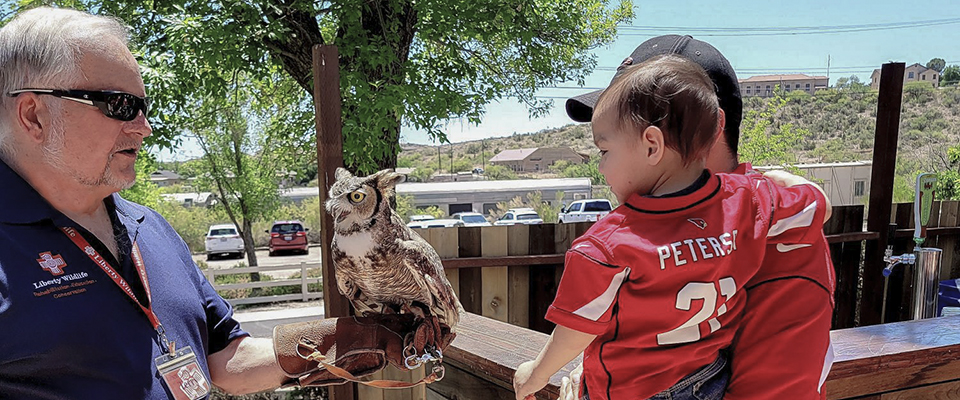


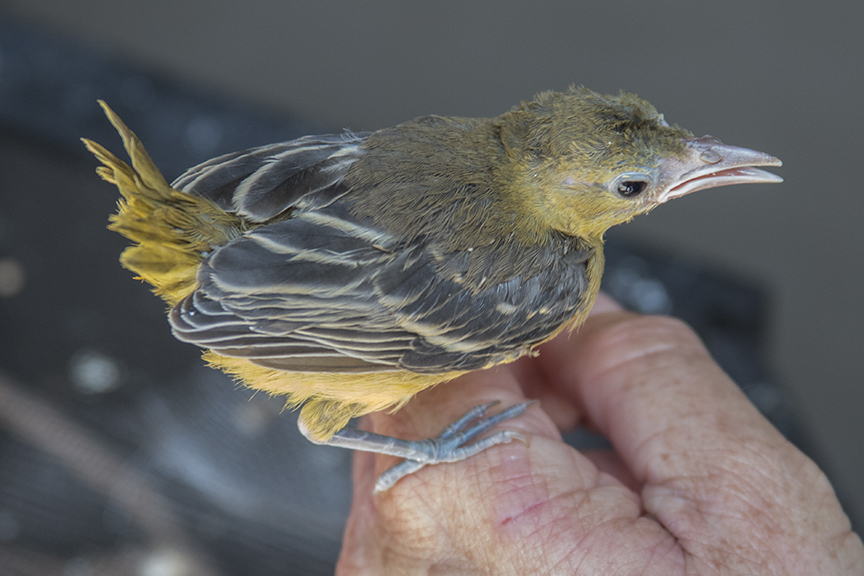
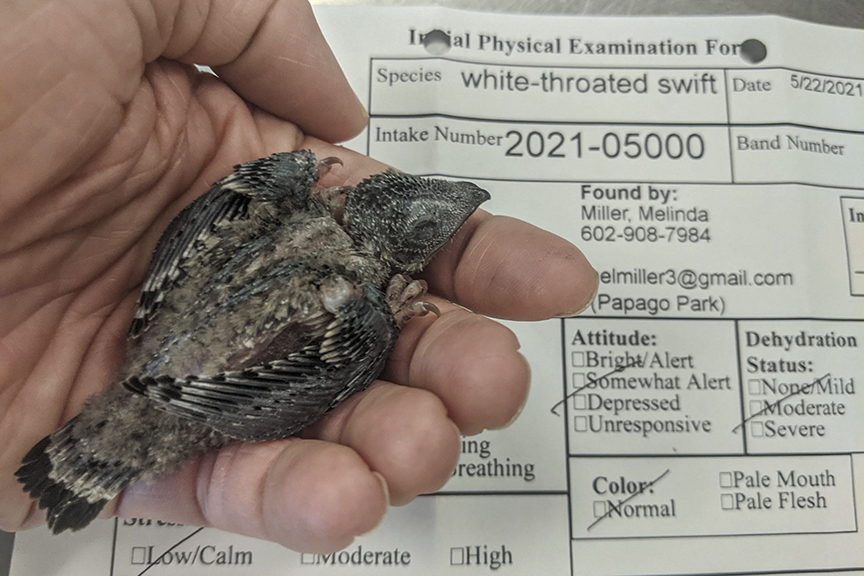
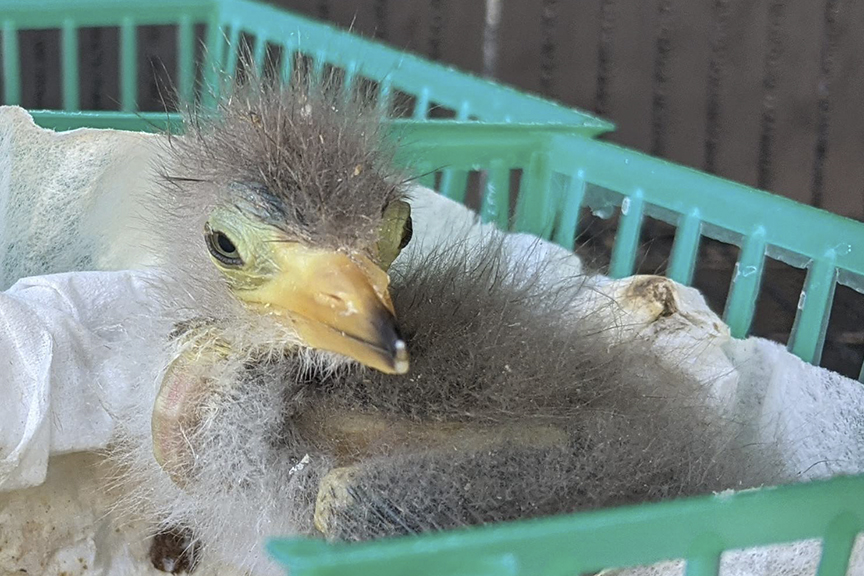

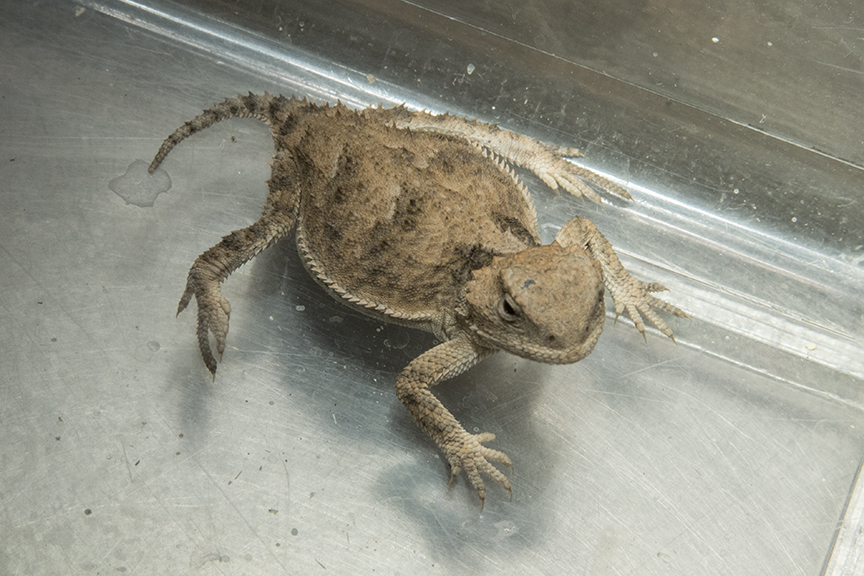
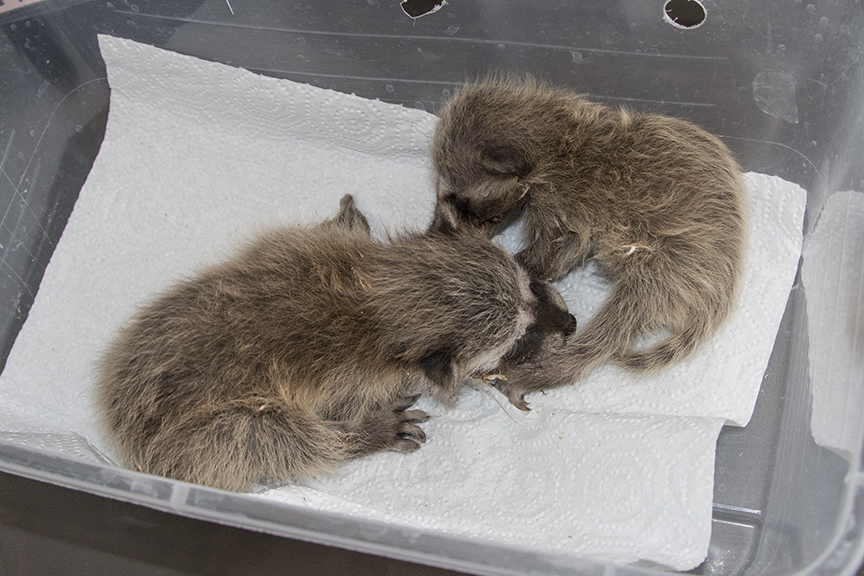
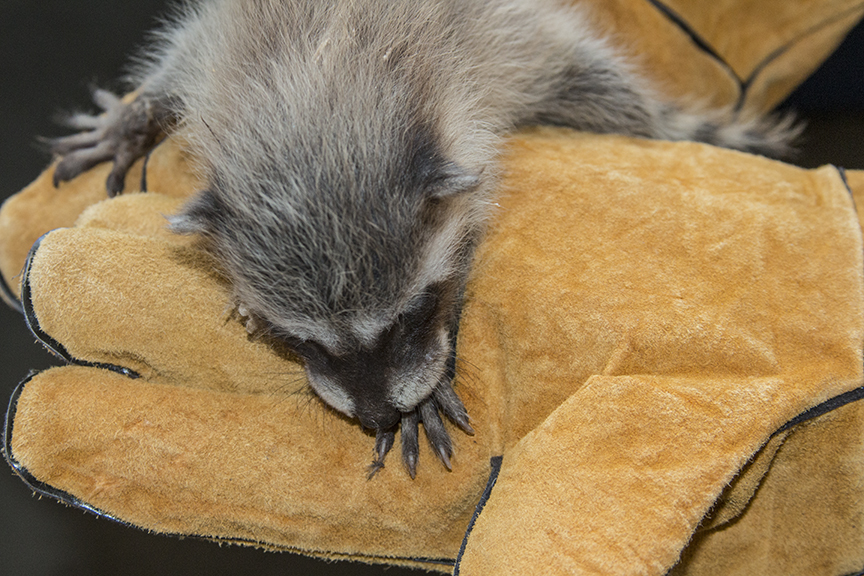
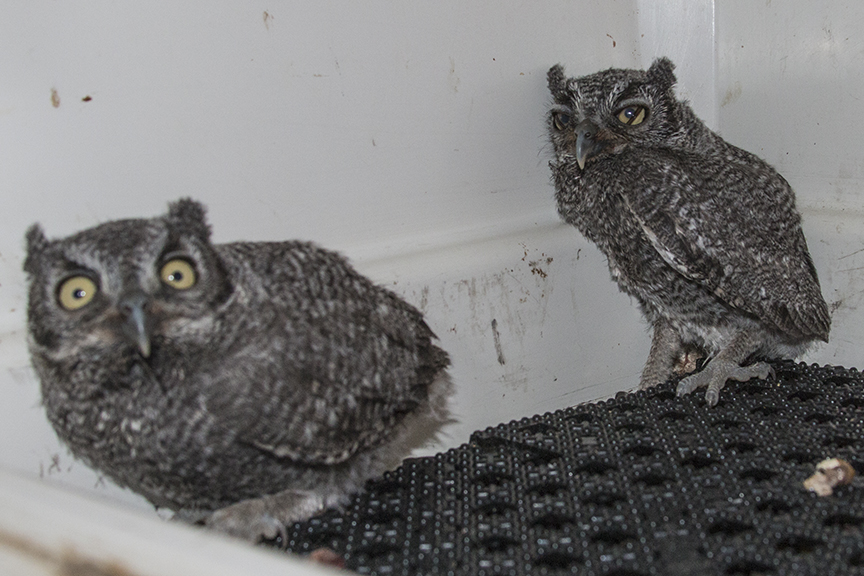

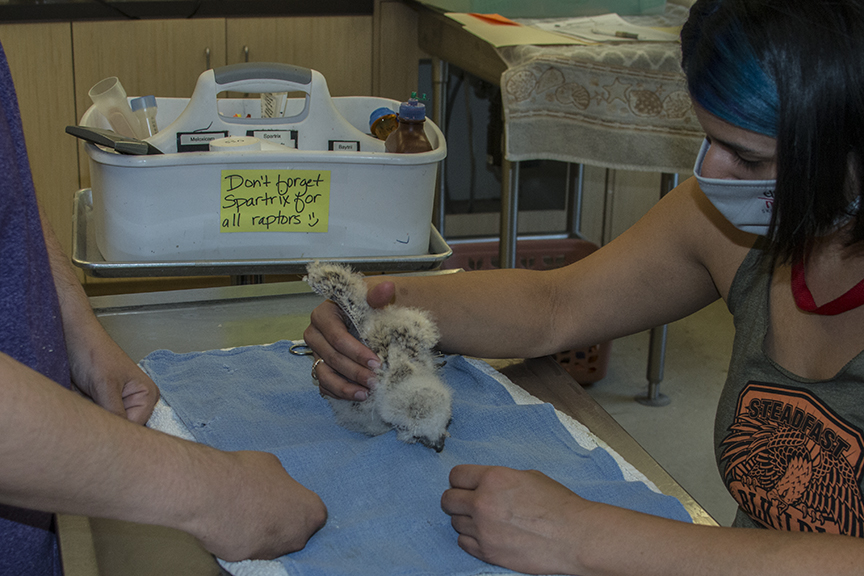

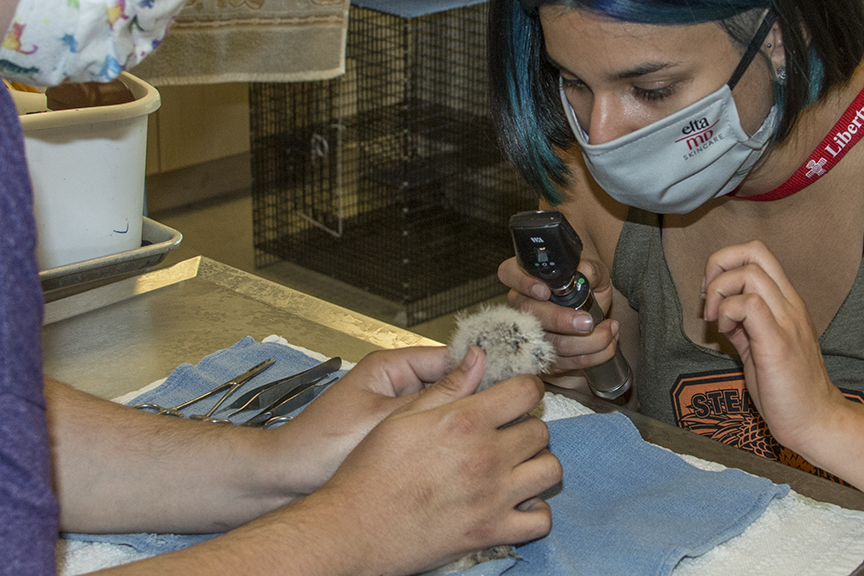
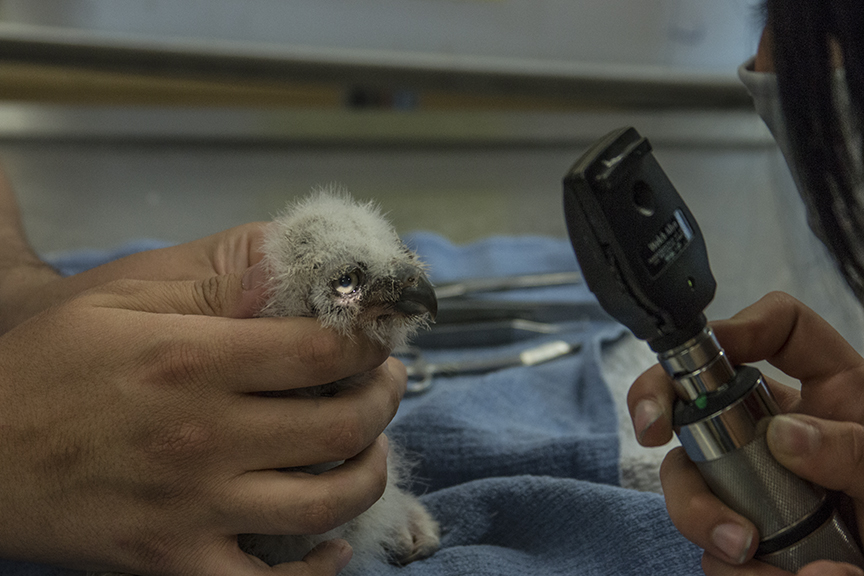
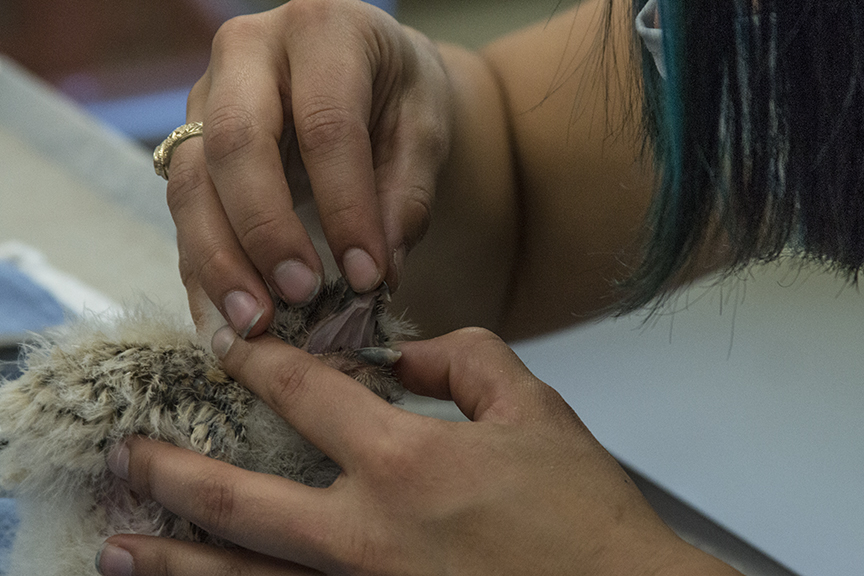
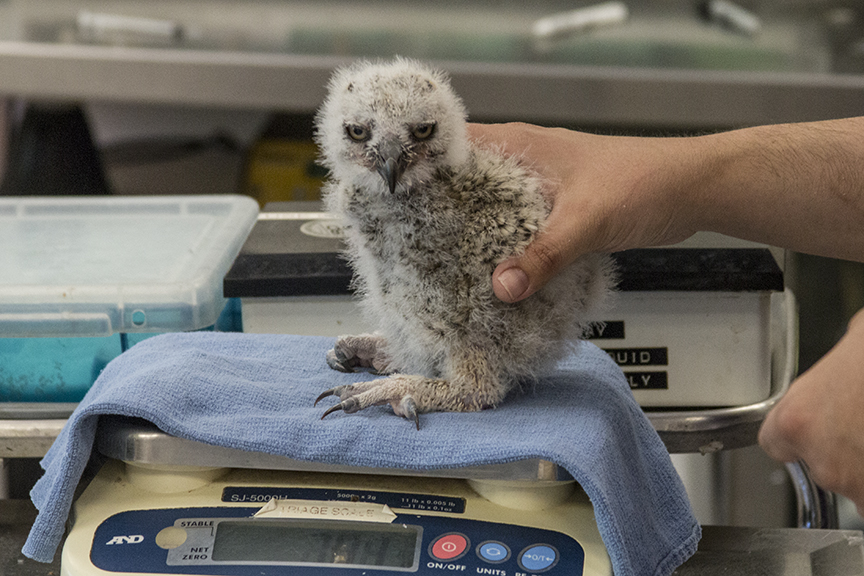

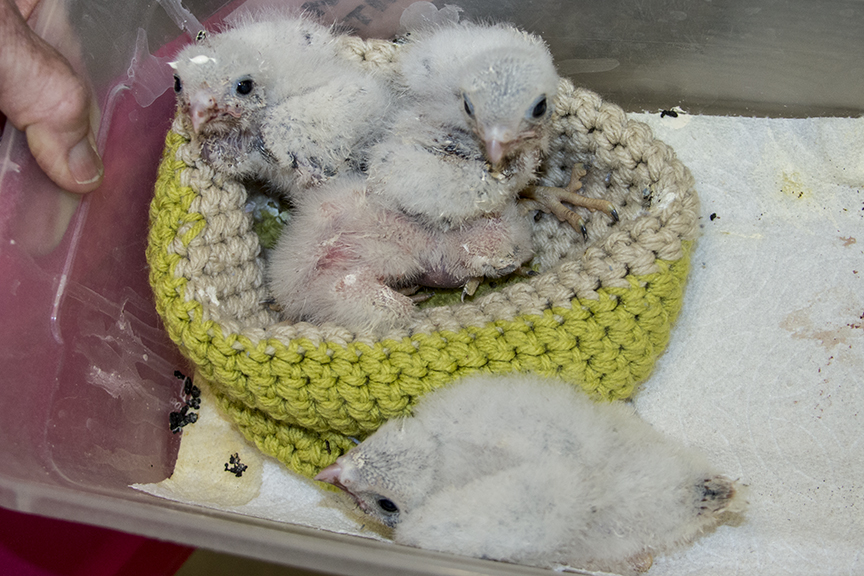
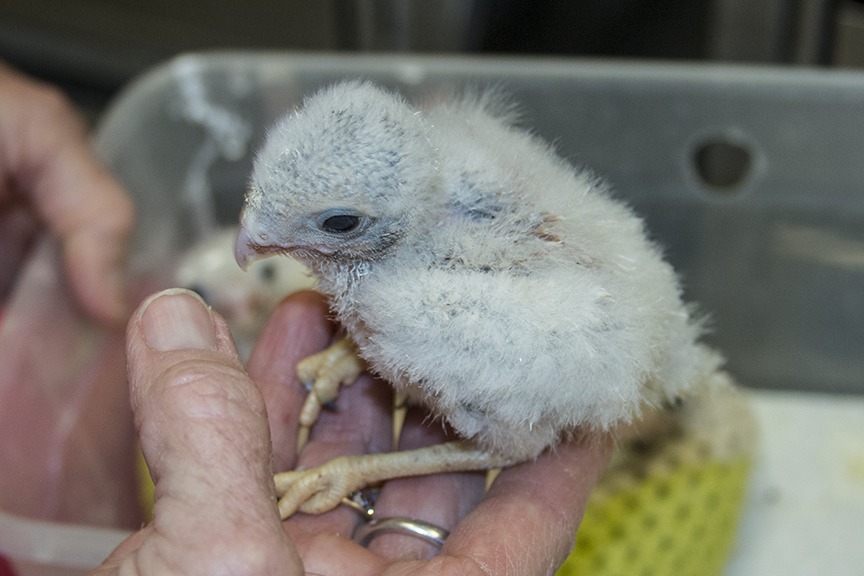

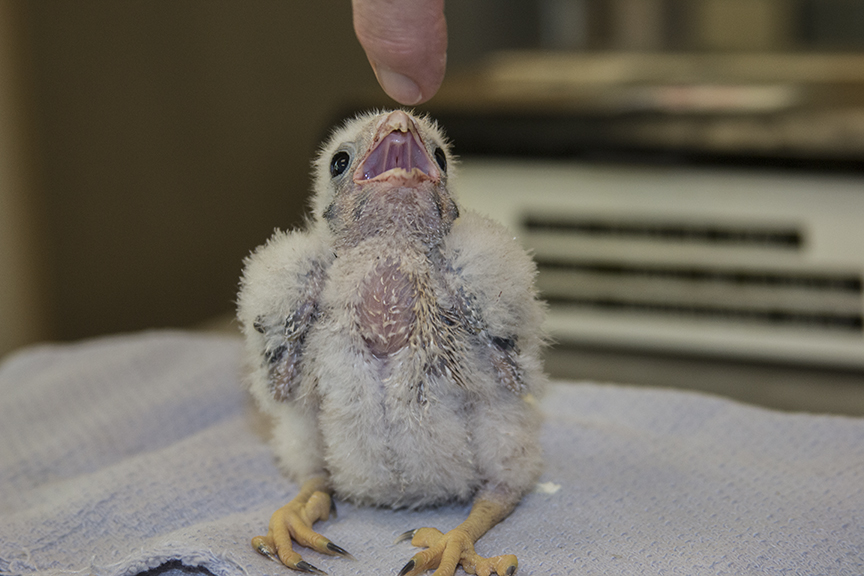
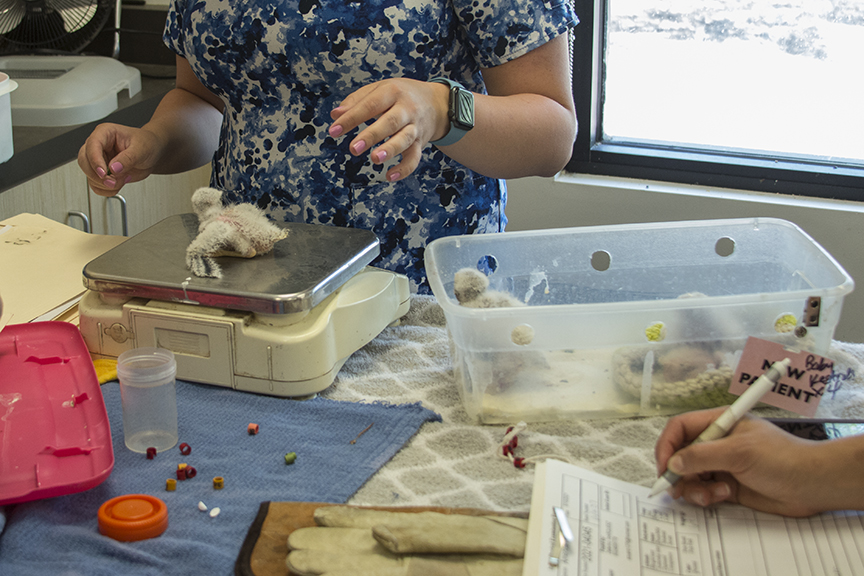
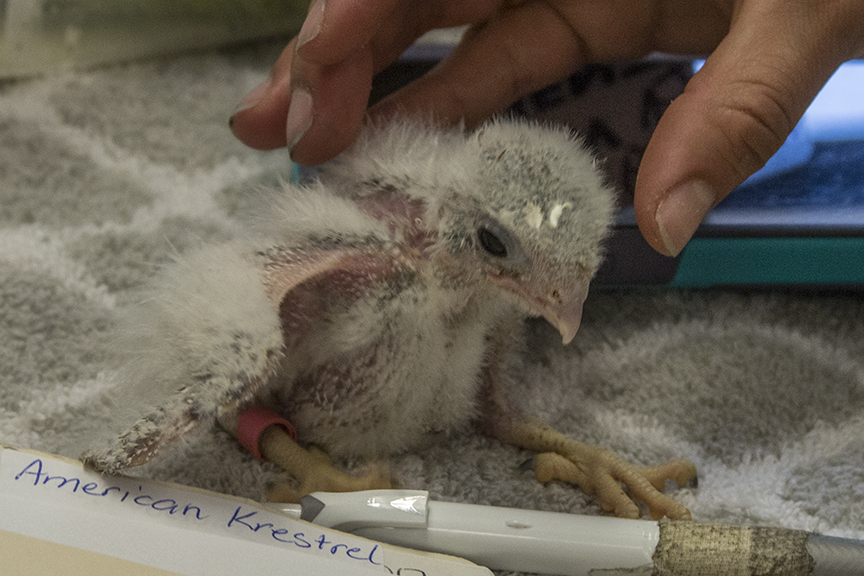


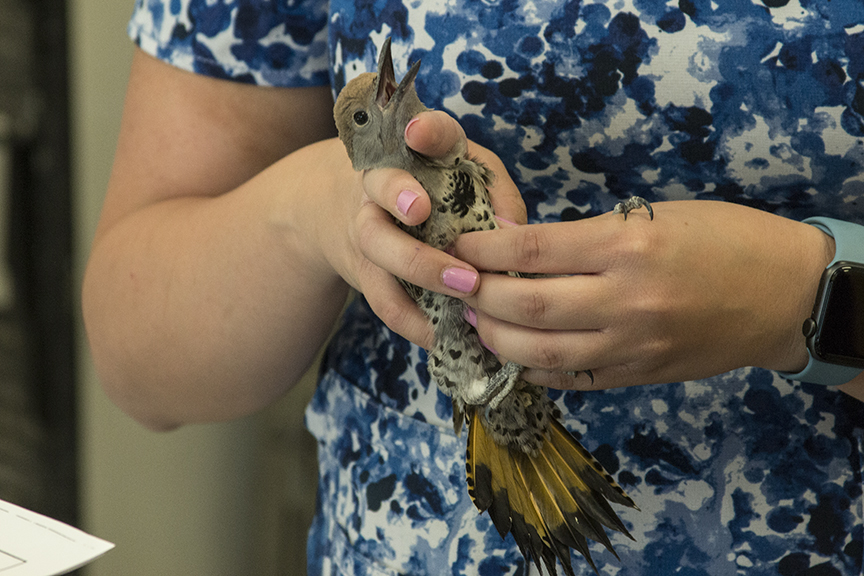


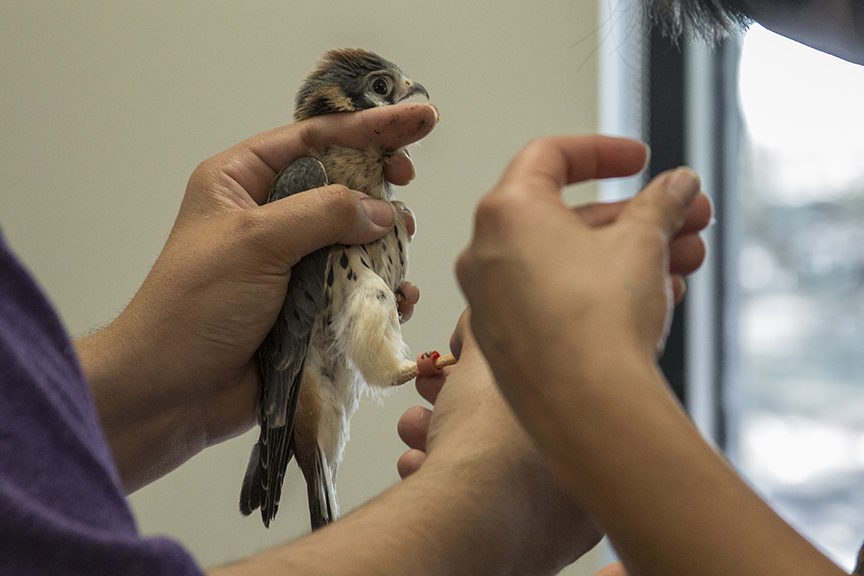

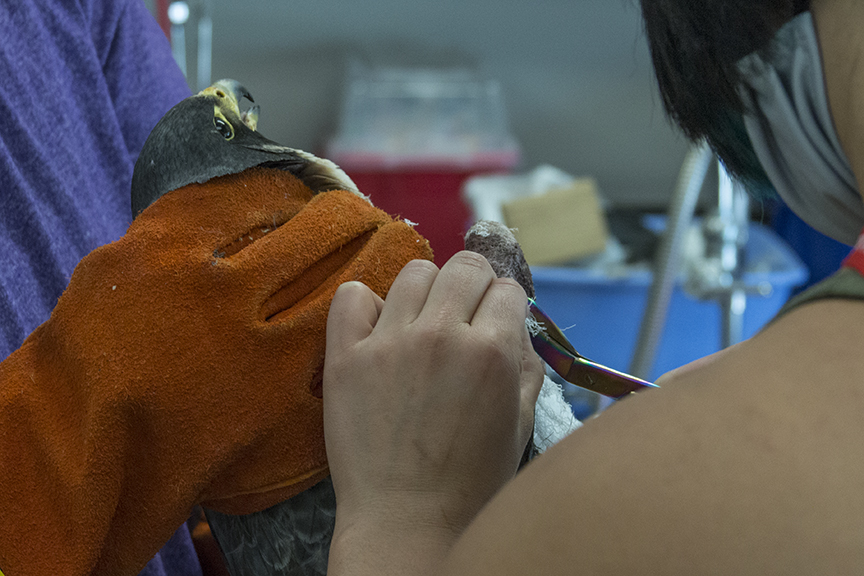
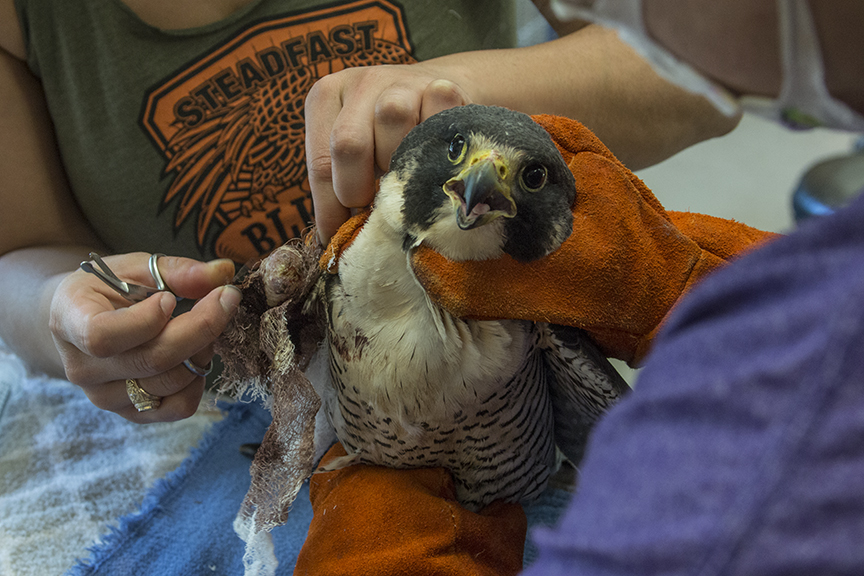
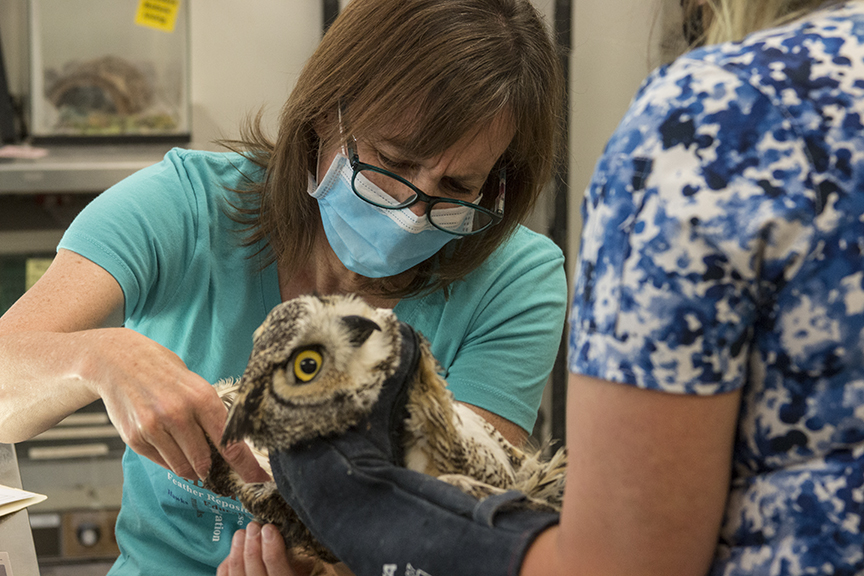
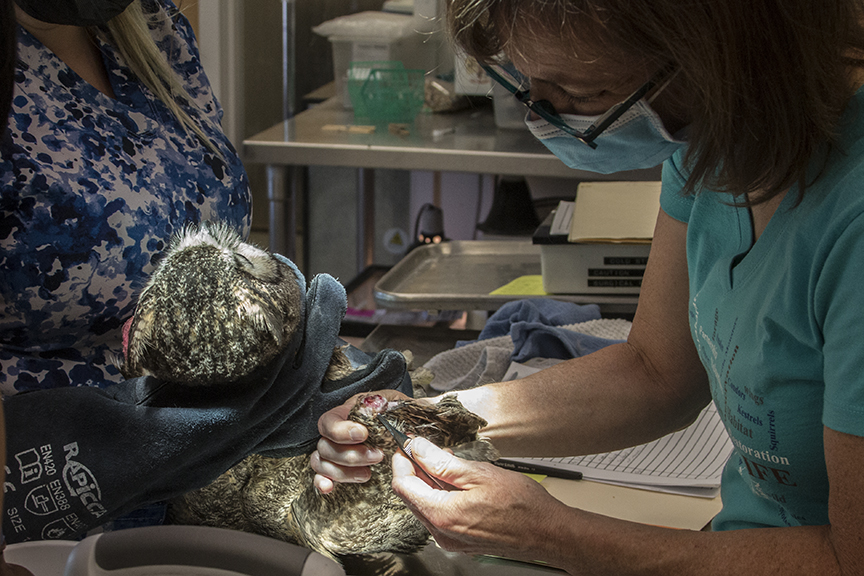





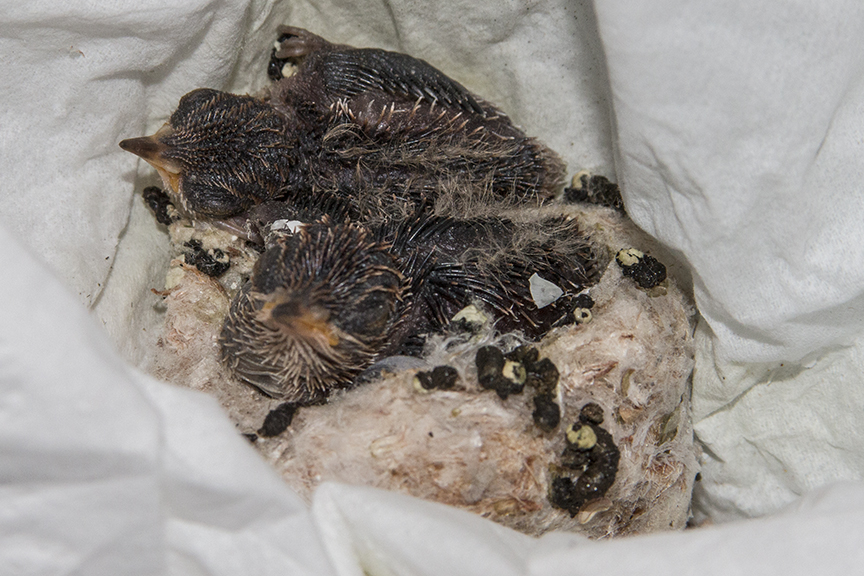

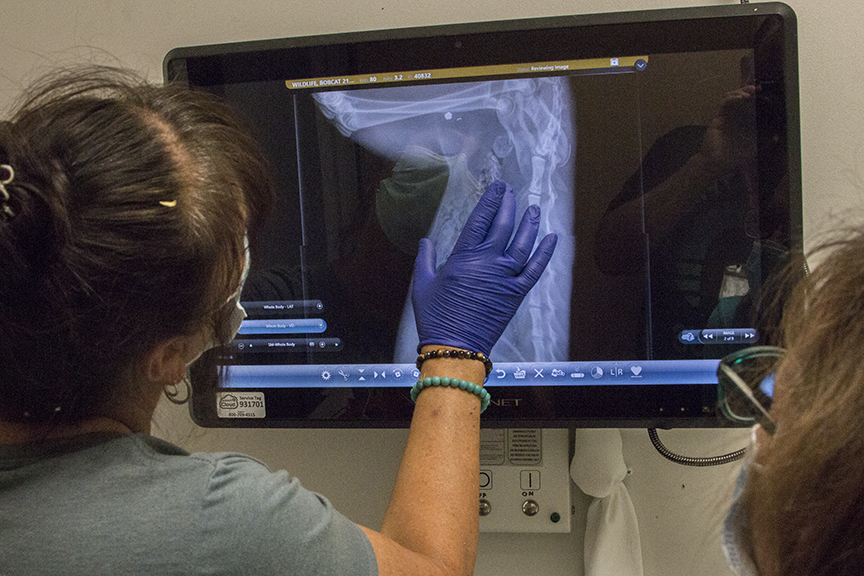
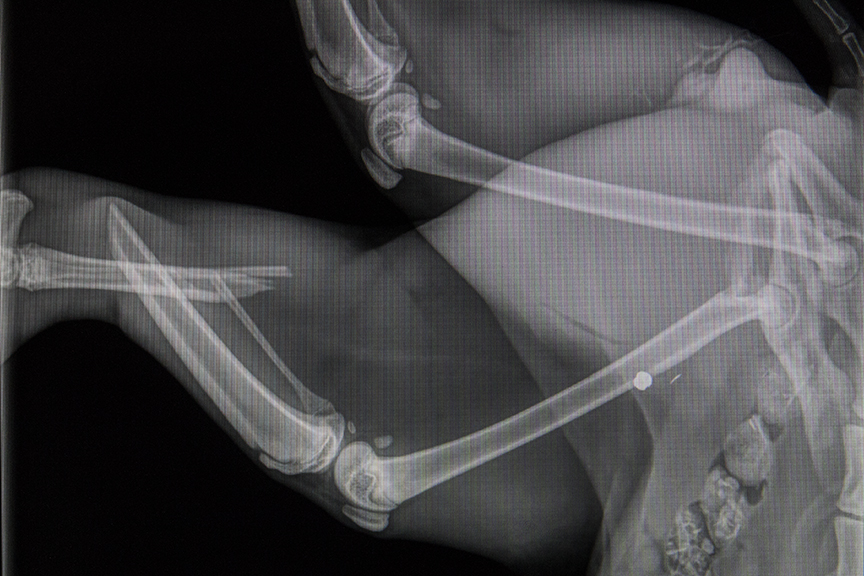
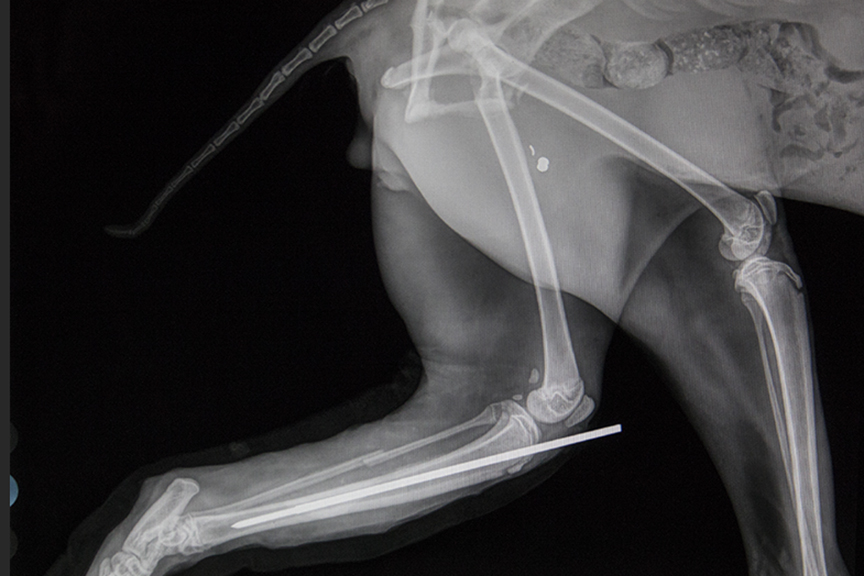
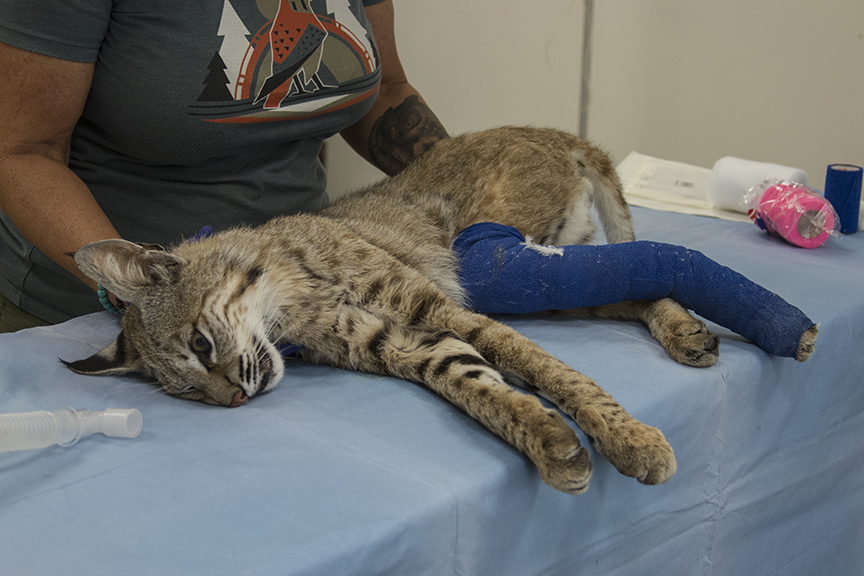
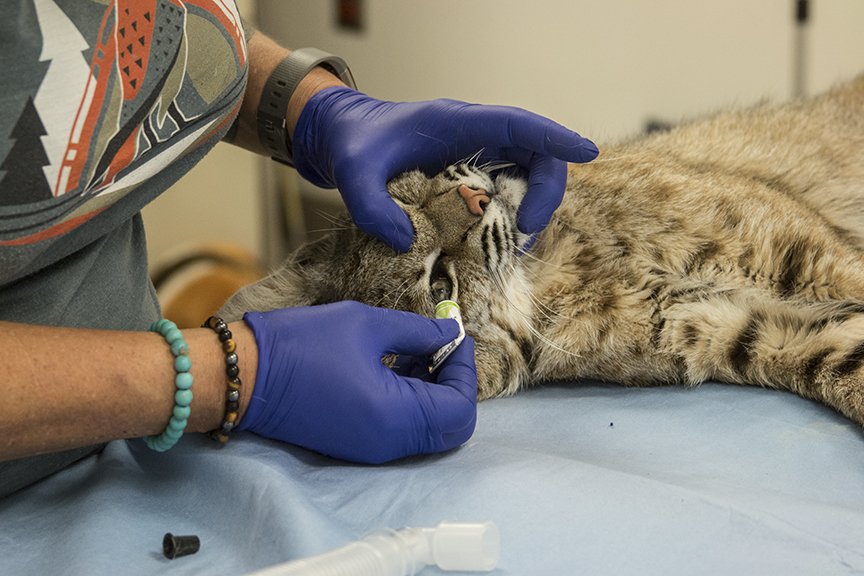

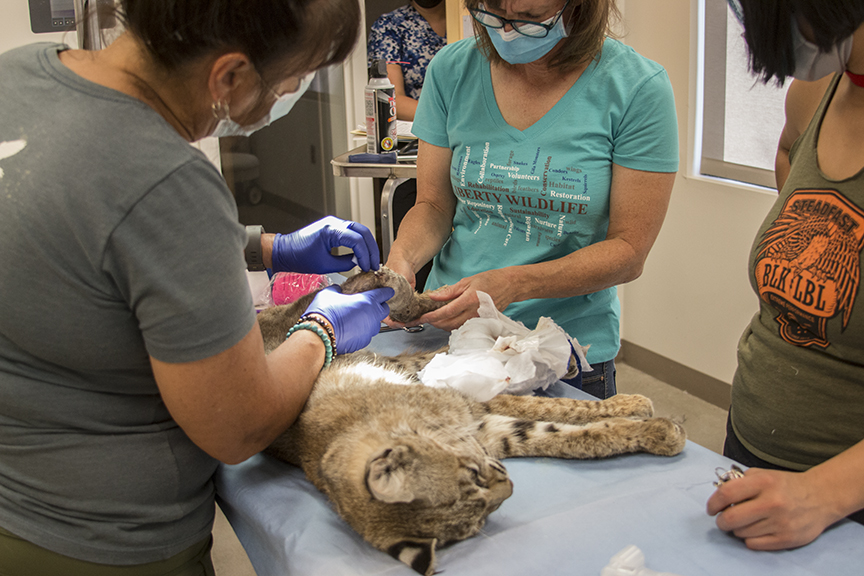

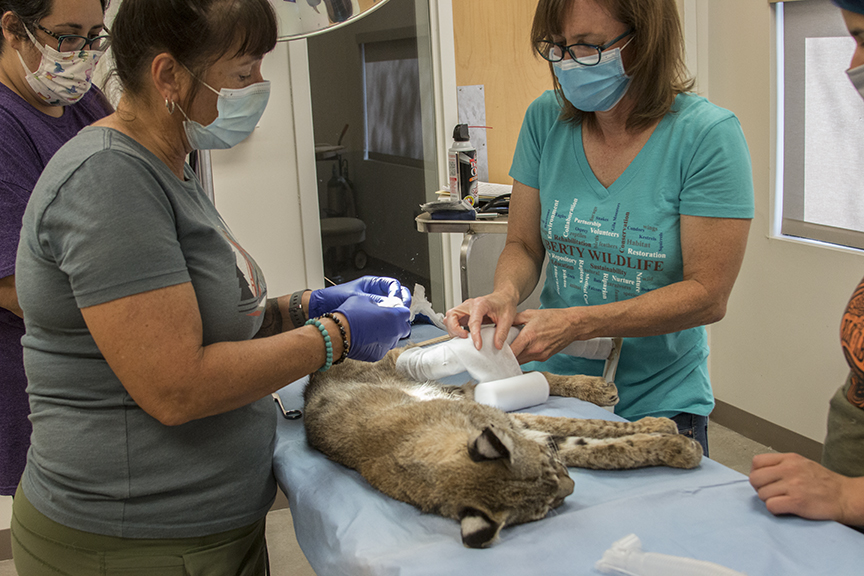
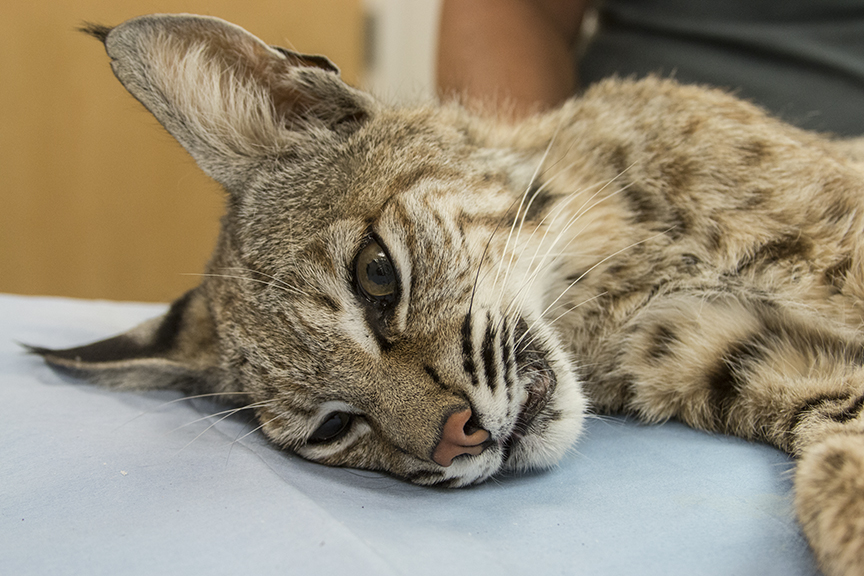


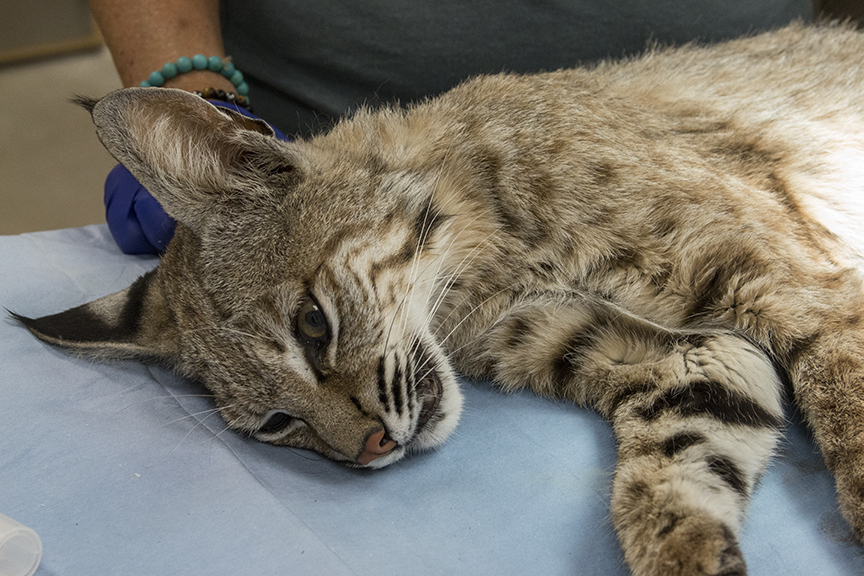

That Gila Woodpecker looks a lot like a Yellow Shafted Flicker to me.
Changed picture….not text…our bad…good catch.